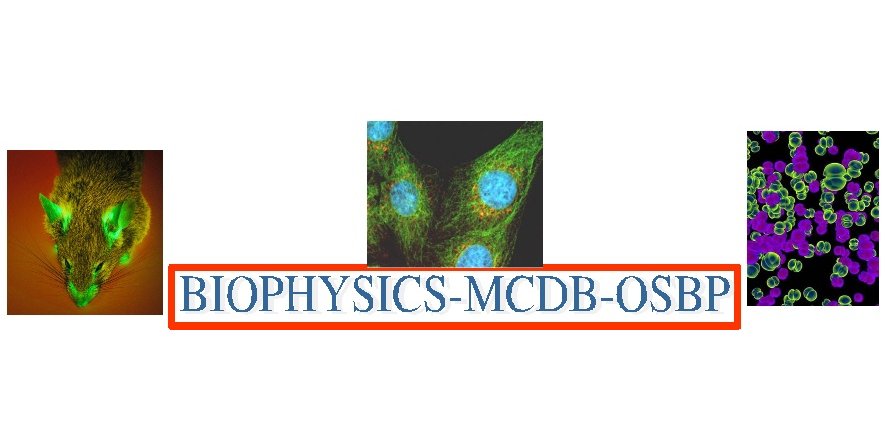Interdisciplinary Graduate Programs Symposium

2010 OSU Molecular Life Sciences
Interdisciplinary Graduate Programs Symposium

Poster abstracts
Abstract:
In most bacteria, the RF2 gene (prfB) is autoregulated by a +1 programmed frameshifting event. Genetic studies indicate that efficient frameshifting depends on a Shine-Dalgarno-like element closely juxtaposed to the site of frameshifting. To investigate the role of SD-ASD pairing in the mechanism of frameshifting, we have studied the effect of spacing between the SD and P codon on P-tRNA binding and RF2-dependent termination. When the spacing between an extended SD (AGGAGGU) and the P codon (UUC) is decreased from 4 to 1 nucleotides, the dissociation rate (koff) for P-site tRNA increases by over 100-fold. This large increase in koff is caused by SD-ASD interaction, because a low koff is observed when polyU is used as the mRNA. Toeprinting analysis shows that when the spacer sequence is 1 or 2 nt, stable pretranslocation complexes cannot be formed. Instead, the tRNA added secondarily to fill the A site and its corresponding codon move spontaneously into the P site, resulting in a complex with a 3 nt longer spacer between the SD-ASD helix and the P codon. Similar data are seen using another set of mRNAs that have a SD identical to that of the prfB frameshift region (AGGGGGU). While close proximity of the SD clearly destabilizes P-site tRNA, RF2-dependent termination is largely unaffected in analogous mRNAs. Together these data support a model in which formation of the SD-ASD helix in complexes stalled at the UGA codon of prfB generates tension on the mRNA that destabilizes codon-anticodon pairing in the P site and promotes slippage of the mRNA in the 5’ direction.
Keywords: +1 Programmed Frameshifting, Shine-Dalgarno, P-tRNA